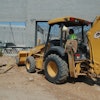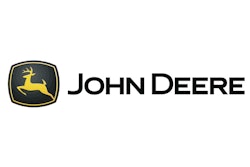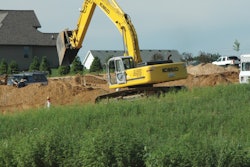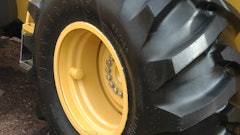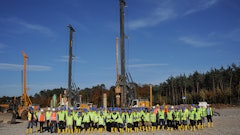While I was doing research for an article on safe operation of hydraulic excavators in trenching and slope work (coming soon in Equipment Today's January 2012 issue), Matthew Hendry, product consultant, hydraulic excavators, John Deere Construction & Forestry, shared an interesting anecdote. He cited a recent incident on a highway construction project where the operator, a 15-year veteran, was running a new Interim Tier 4 excavator.
"He was placing boulders around a box culvert inlet and was working on a 3:1 slope," he relates. "The new excavator was configured differently than he was used to operating. He reached out, picked up a boulder and the new excavator promptly tipped on its nose."
Fortunately, the operator was able to right the machine using the boom and bucket. "When I spoke to the operator, he said, 'I don't know why it tipped; my old excavator never tipped like this.' We discussed the new configuration of his machine and, as it turned out, he was unfamiliar with the differences or how that would affect the machine's balance," says Hendry. "Once he understood his new machine, he adjusted his approach and completed placing the boulder.
"Had this operator been less experienced," he adds, "this situation could have turned out differently."
Many of today's new models come with configurations and features that may affect how an operator is used to running the machine. Failure to obtain training from the dealer or manufacturer - or at the very least to read the operator's manual - could have devastating results.
Not every operator will be as lucky as the one noted above. Taking a few minutes to get the lowdown on the changes between today's machines and previous models will not only enhance safety but improve equipment productivity and performance.


